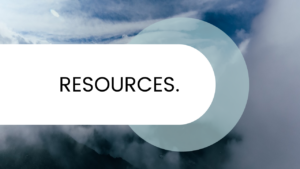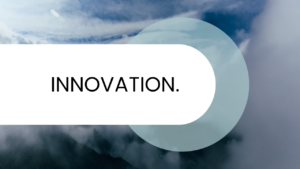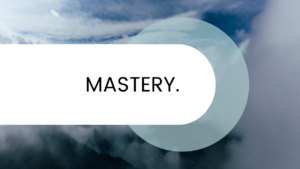Meetings in Change
The initial phase of our work with organizations often begins in meetings due to their pivotal role as the main platform for team interactions, even though many meetings are poorly managed. Making small adjustments in this area can result in significant improvements in transparency, trust, time efficiency, and speed. These changes can generate momentum and open-up room for larger strategic initiatives. Meetings, more than any other aspect, integrate various dimensions of the organizational system into a unified shared experience. There is enormous potential in the change of the meeting-design. Meetings can serve as a microcosm that reflects broader organizational improvements and serves as a “mirror” of the corporate culture.
Questions on Meetings
The following questions can be applied to the organization as a whole or the teams within it. Use them to provoke a conversation about what is present and what is possible.
- What meetings do we require to do our best work?
- Does each of our meetings have a clear purpose and structure?
- How are meetings facilitated and documented?
- How are meeting outcomes and output shared?
- Which meetings are recurring and why?
- How does our meeting rhythm enable (or disable) the work?
- Do our meetings require any special tools or materials?
- How do we improve or eliminate meetings that are no longer serving us?
What does it mean to be People Positive about meetings?
Recognize that human beings crave connection and relatedness. Sharing the same space everyonce in a while matters. But rather than treating all meetings as social free-for-alls, let the purpose of every meeting dictate its structure. Some should work with our human nature, and some should help us transcend it.
What does it mean to be Complexity Conscious about meetings?
Accept that coordination and shared consciousness in a complex system require high-bandwidth forums for information sharing, including meetings. Remember that uncertainty applies to meetings too. Overpreparation and overgripping can lead you to miss what’s present and critical for the team.
Now that you are familiar with the dimensions of our theory, let’s discuss how we can apply it. Like many other tools, our approach can be used in different ways. It can be used descriptively to describe your own way of working or that of another team. It can be used diagnostically to analyse positive or negative patterns we have observed (e.g. why do new employees feel confused by the onboarding process?). In addition, some teams use our approach to envision how the organisation could evolve.
We use it primarily as an awareness-raising tool to capture stories, tensions and experiments that are happening in the real world. We ask the teams themselves to interpret what is happening. Regardless of the approach, our approach usually triggers a rethink in the teams as they begin to systemically rethink the way they work. A meeting is no longer just a meeting; it becomes a forum for belonging, an opportunity to share information, a chance for buy-in or even a potential waste of time. Our approach encourages such conversations, and these conversations will ultimately lead to change.
Every decision is associated with emotions. When you are faced with a decision, the subcortical structures in your brain are activated and trigger a cascade of emotions, instincts and bodily sensations. These elements influence a somatic decision or even bring it about before you are aware of it. This phenomenon is commonly referred to as a “gut feeling”. The interplay between our different thought systems happens so quickly and seamlessly that we often don’t even realise it. We may hold on to the belief that most of our decisions are made objectively and rationally, but this is not the case.
Therefore, at this point, you should have already made your decision. Somewhere in your mind or body, you know it. Either you believe that we need to change the way we work and are ready to take that step, or you don’t believe it and never will. Those who believe – the catalysts, the visionaries, the risk-takers – have understood that the future will not be a desirable place unless we change how we work together as humans to design and build the future in a way that employees will love coming to work.
So where do we go from here? The answer is simple; the implementation is a challenge. If you have some responsibility over others – in business, philanthropy, education, public service, your community or even at home – it’s your job to improve the humanity, vitality and adaptability of the current organisational system. If you are ready to do so, we can embark on this journey together.
You might also be interested in
INFORMATION IN CHANGE
How we share & use data; the flow of data,...
RESOURCES IN CHANGE
How we invest our time and money; the allocation of...
STRUCTURE IN CHANGE
How we organize and team; the anatomy of the organization;...
MEMBERSHIP IN CHANGE
How we define & cultivate relationships; the boundaries & conditions...
INNOVATION IN CHANGE
How we learn & evolve; the creation of something new;...
MASTERY IN CHANGE
How we grow and mature; the journey of self-discovery; our...






